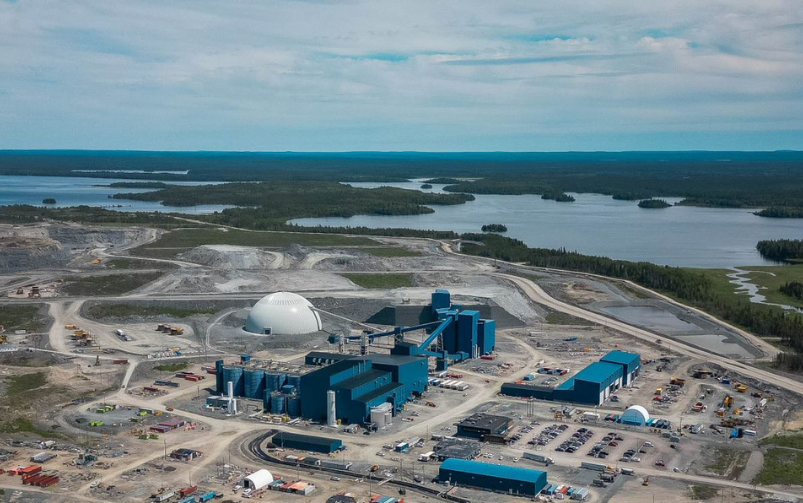Over 2,800 mine sites around B.C. have already been identified by abandoned mine groups, which could be used for potential projects during the later phases of the program. Jess Barnett via Unsplash.
The introduction of a new program focused on mineral exploration and development within B.C. was recently announced by Geoscience BC. The program will involve a province-wide study that will zone in on possible concentrations of critical metals and minerals located in mine tailings and waste rock facilities around B.C.
Geoscience BC, a not-for-profit engaged in publicly available geoscience research, will bring together the provincial government, mining industry and other partners for its Critical Minerals and Metals in British Columbia Mine Tailings and Waste Rock program. The first phase of the program will see data on both active and inactive mining sites being collected. The data will then be used to create a map of all the possible sites that could contain critical mineral and metal resources.
Potential sources of the resources that were once deemed irrecoverable or invaluable but may now prove useful will be identified by Geoscience BC. “After we put the data altogether on one map, we can then connect everything to it so we know what's there, like the geology, what was produced at the site, how much was produced, and then we can tie it into infrastructure and anything else we can find,” explained Brady Clift, manager of minerals at Geoscience BC, in an interview with CIM Magazine.
Clift added that once the map is created, phase two of the program will involve matching potential projects to specific mining sites following data collection and the mapping of possible sites during the first phase. Some potential projects that Clift mentioned could include biological extraction techniques aimed at removing ore from a tailings pond, or projects aimed at treating water.
“The big thing about this program is that it hasn't been done before,” said Clift. “We can use the data to try new research, innovate techniques and methods, and we’ll know where to apply them.” In addition to this, when all the data is compiled, it will offer a list of exploration targets, which could include areas where environmental remediation may be considered, for example. “After talking with the abandoned mines groups, we know that there’s more than 2,800 sites that will be included [in the data] just from them, so each one of those could be an exploration target.”
Another reason that this program could greatly benefit the mining industry, Clift added, is the fact that the collected data will grant companies the opportunity to test out new ideas: “There's lots of things that could happen in B.C. that we just don't have a good sense of where we could apply them, but then everything we learn from phase two and beyond can then be applied across the world. So, we could be a leader in getting this going, and then other people can look at this model and use it for their own jurisdictions.‘’
Along with Geoscience BC, the program’s first phase research funders include Arca Climate Technologies Inc. and New Gold Inc., though Clift notes that there is still time for other miners to get involved in this groundbreaking program. The program will also receive support from the Abandoned Mines Branch of the Ministry of Energy, Mines and Low Carbon Innovation, along with The Association for Mineral Exploration and Mining Association of BC (MABC).
“We're very proud to be involved in this program,” said Paul Needham, CEO of Arca, in an interview with CIM Magazine. Arca is a carbon mineralization company that is currently piloting its technology at BHP’s Nickel West mine in Western Australia. “I think this is part of a broader imperative to look very closely at the mine waste and to find ways of capturing more value there.” Needham explained that for many mines, only one per cent of the target mineral is considered usable, leaving behind 99 per cent of what is mined in the waste. He considers it exciting to think that valuable minerals are just waiting to be discovered in these active and historic sites.
“A lot of work needs to be done in BC and then globally to map the legacy tailings, and I hope that by contributing to this study, we will get smarter about how to identify valuable minerals and how to map the resources,” he said.
Any mining companies wanting to get involved in this initiative are encouraged to reach out to Geoscience BC at info@geosciencebc.com.




